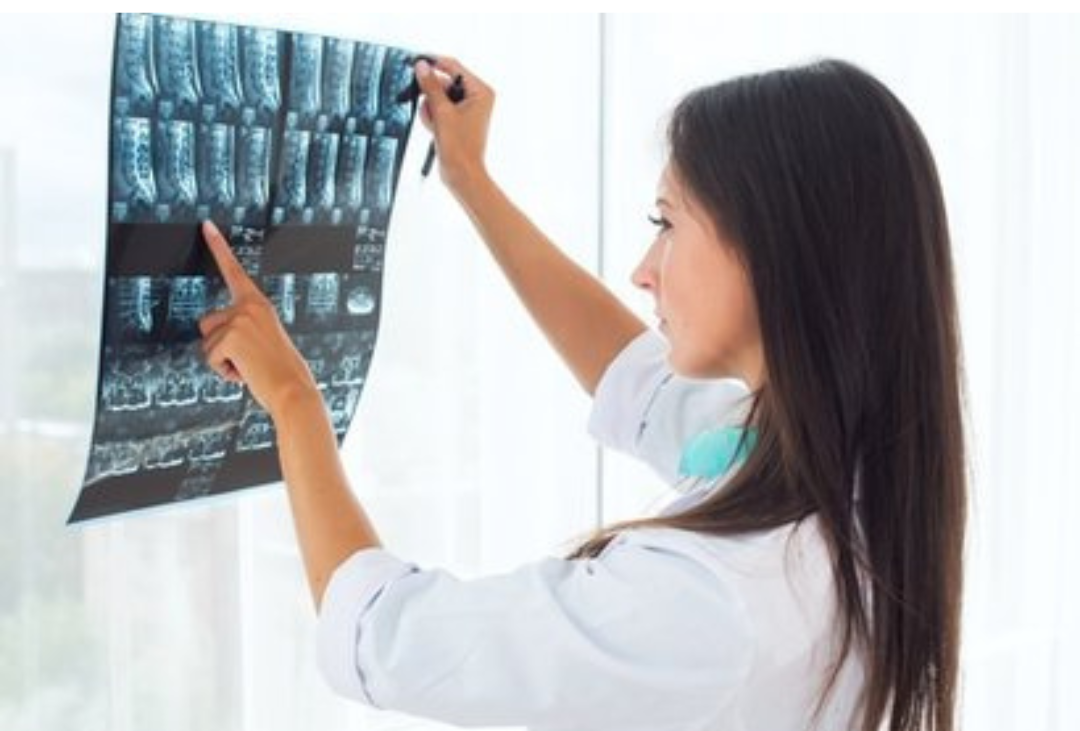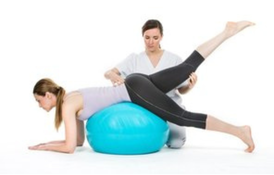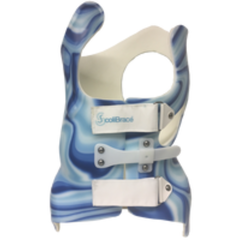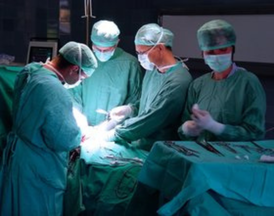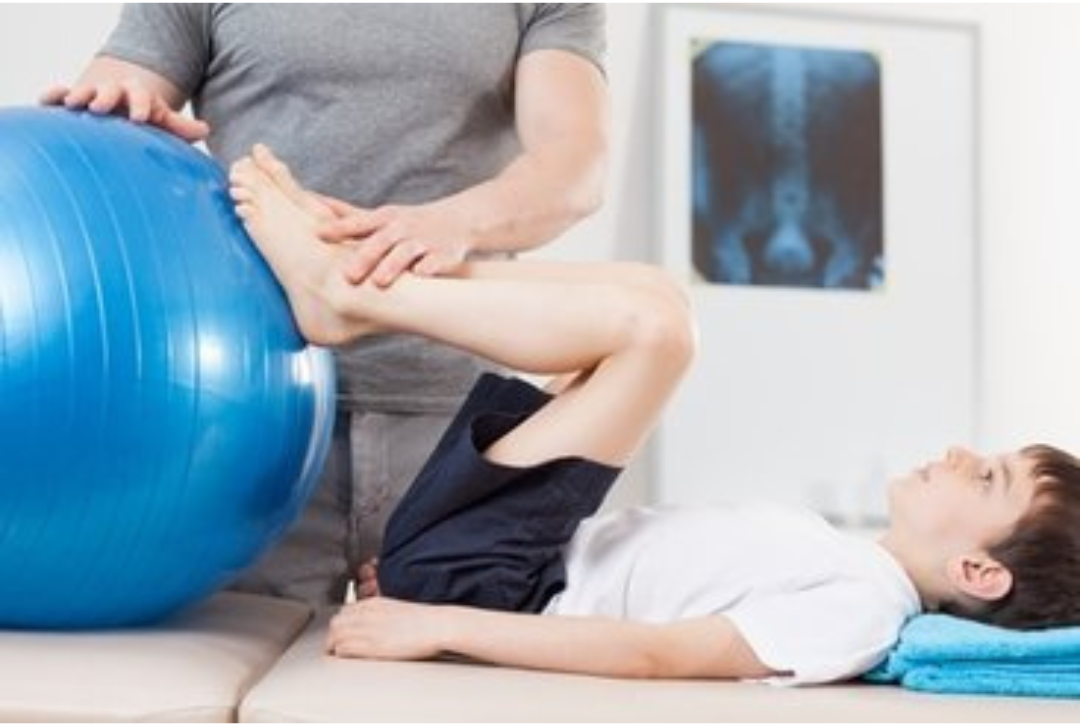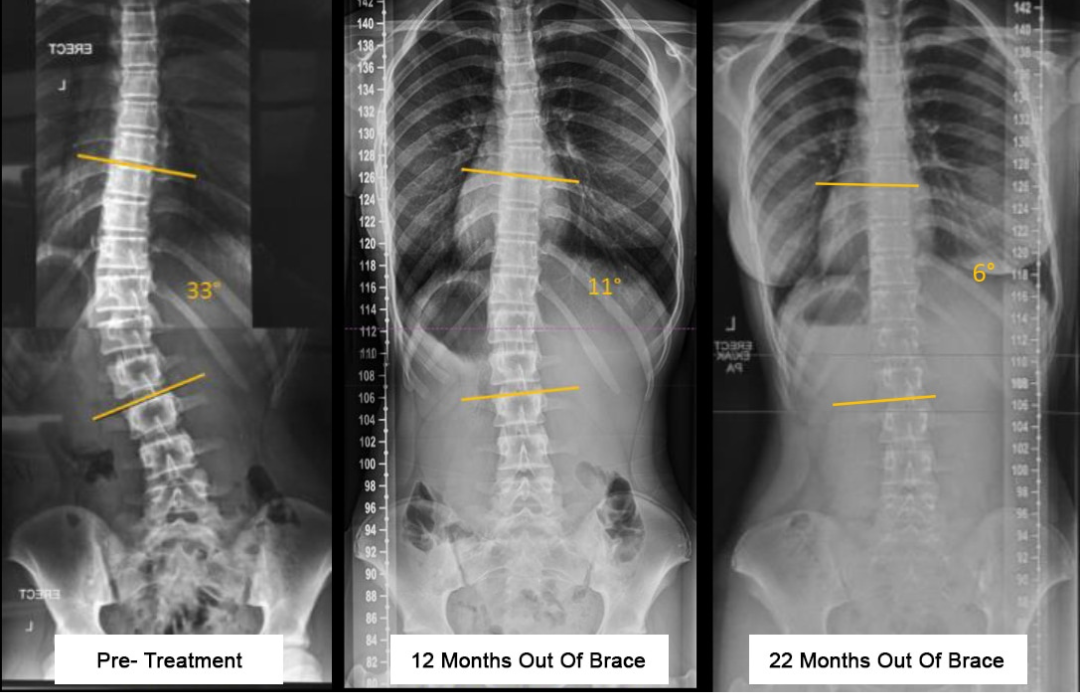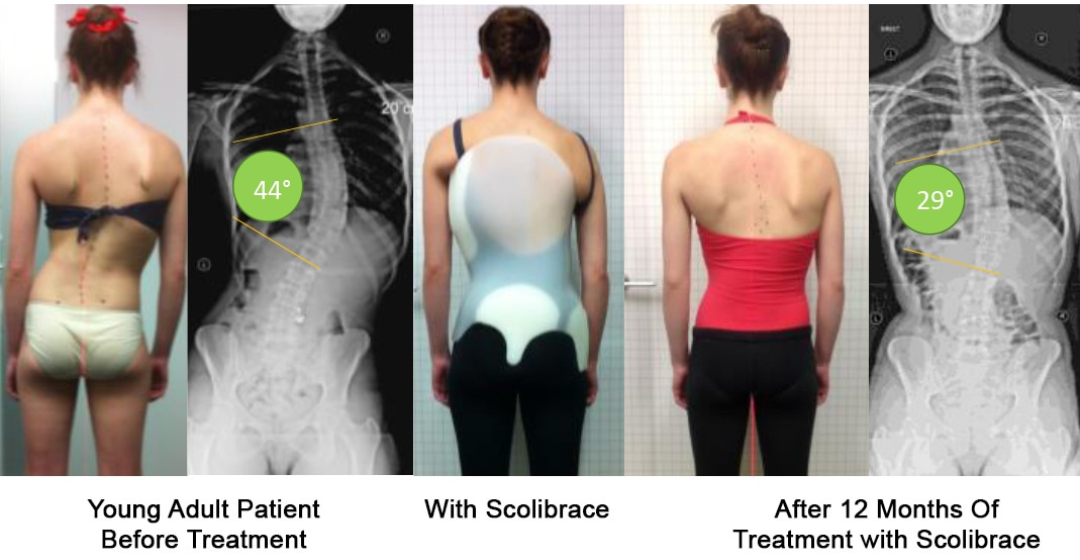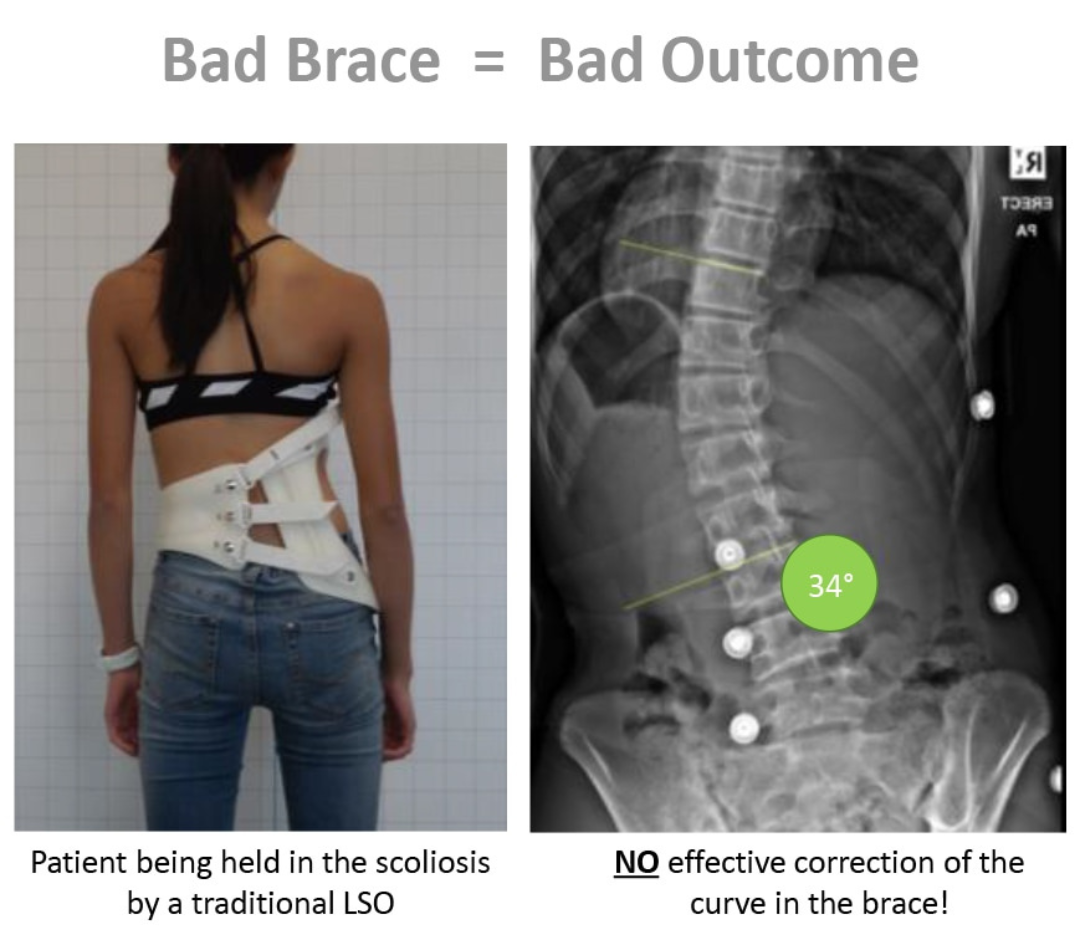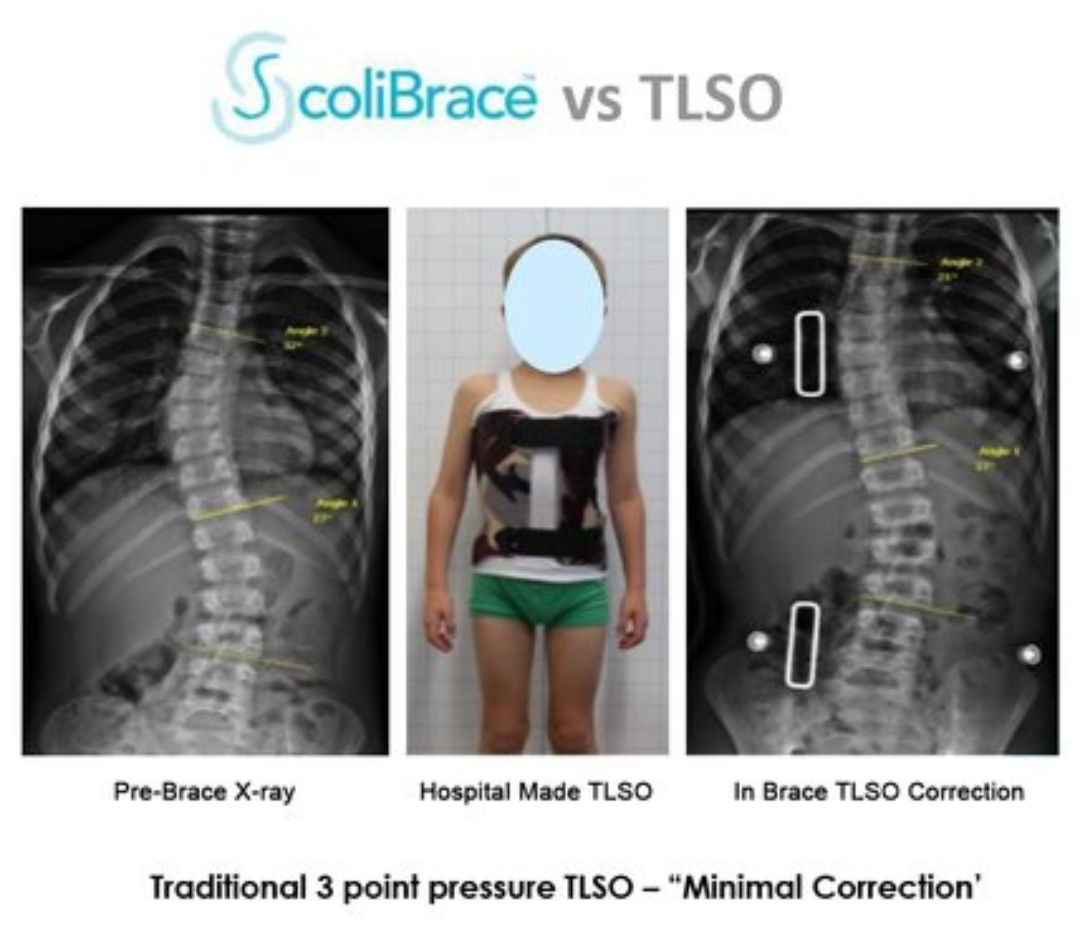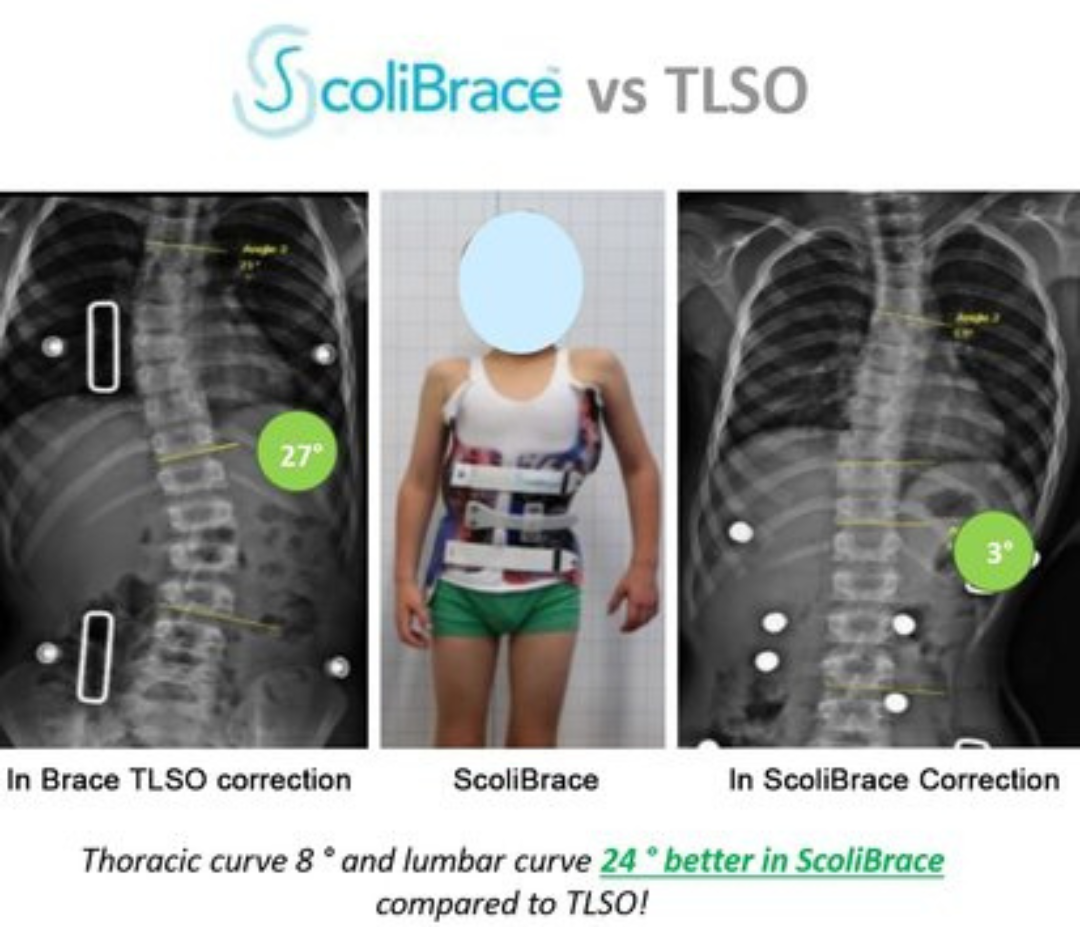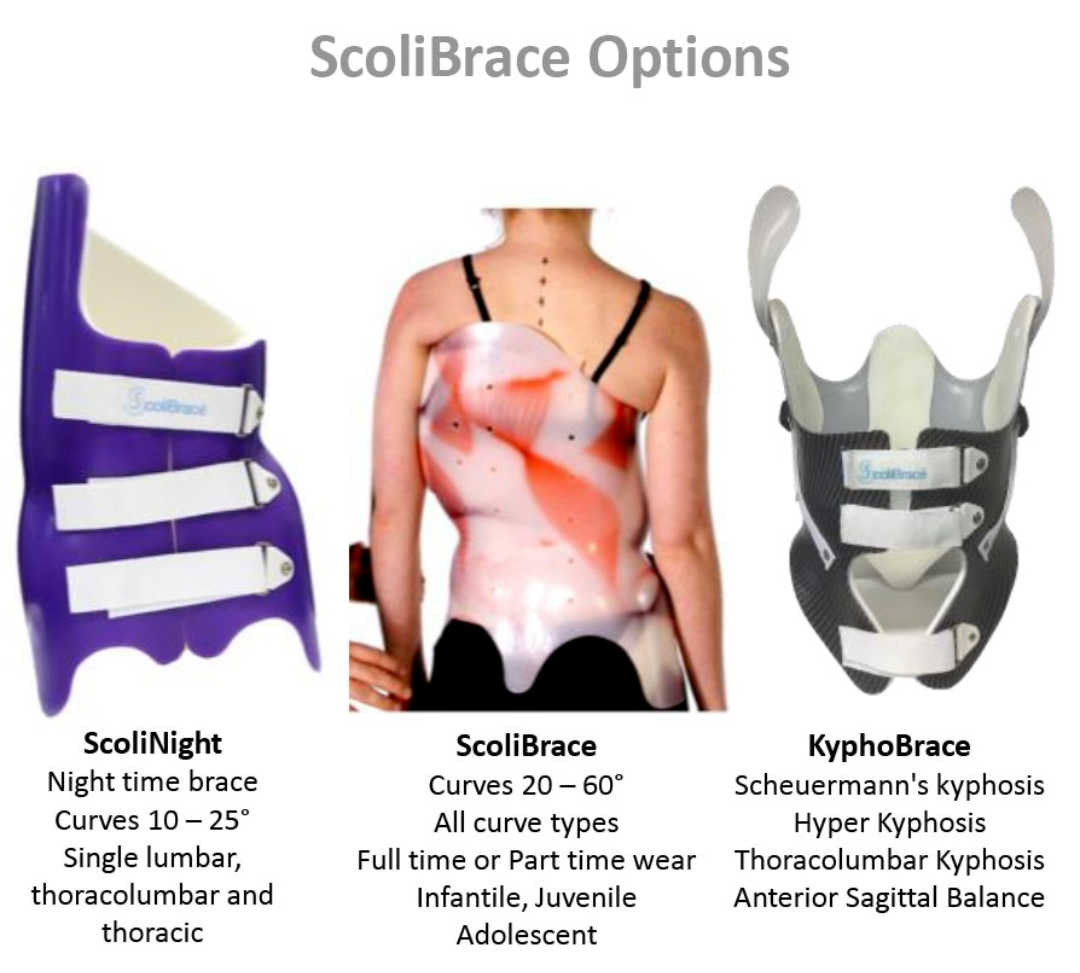How to detect and treat scoliosis ?
Curious to know if you may have scoliosis? Download our Scoliscreen app now for a quick check to see if you or your child may display some common signs of scoliosis.
Take the fast and easy way to detect scoliosis, launch app now:
(Disclaimer: This app provides information for educational purposes only and does not represent a substitute for professional medical advice, diagnosis, or treatment. Please consult your physician or medical health practitioner regarding the information provided by this app.)
Take the fast and easy way to detect scoliosis, launch app now:
(Disclaimer: This app provides information for educational purposes only and does not represent a substitute for professional medical advice, diagnosis, or treatment. Please consult your physician or medical health practitioner regarding the information provided by this app.)
Scoliosis Treatment
It is important to note that upon the diagnosis of scoliosis, our chiropractors will determine the best type of treatment for you based on factors such as your age, size of curve, and type of scoliosis. Scoliosis treatment varies from case to case.
Observation
|
One of the most common approaches to scoliosis treatment is the "wait and see" method.
This method is typically used when scoliosis is detected early in a young child, but the curve of the spine is mild or not yet severe enough for physical therapy & rehabilitation, bracing, or surgery. Our chiropractors are able to assess if a patient's curve needs to be either regularly monitored or treated immediately. If your doctor has concerns that the curve may increase, he or she may wish to examine your child every four to six months throughout adolescence. |
PHYSICAL THERAPY or REHABILITATION There is growing research-based evidence in the effectiveness of specific scoliosis rehabilitation and exercise programs.
BRACING TREATMENTA good 3D-designed back brace is proven to be effective in correcting scoliosis and preventing further curve progression and surgery.
SURGERYFor scoliosis cases with too large of a curve, surgery may be the only option to correct the spine.
|
FOR MORE INFORMATION, CONTACT US
Physical Therapy/Rehabilitation
Specific Scoliosis Physical Therapy & Rehabilitation
Physical therapy and rehabilitation are the most common courses of treatment as they have shown to be effective in treating milder cases of scoliosis.
Traditionally, the consensus among medical experts used to be that "exercise and physical therapy does not work for scoliosis." This may be true in regard to general physiotherapy, general exercise programs, and general core stability programs, but therapists have continued to develop new and effective methods that will nurture the health of a patient's spine. There is growing research-based evidence in the effectiveness of specific scoliosis rehabilitation and exercise programs, such as Schroth method, CLEAR, CBP and SEAS rehabilitation.
In cases of scoliosis with small curves that are less than 20 degrees or curves that have become stable in adult patients, physical therapy may be the best initial course of treatment to help relieve pain, improve spinal mobility, and prevent worsening of the lateral spinal curvature. Your physical therapist will work with you to not only improve postural awareness but also strengthen the muscles that support the spine.
Traditionally, the consensus among medical experts used to be that "exercise and physical therapy does not work for scoliosis." This may be true in regard to general physiotherapy, general exercise programs, and general core stability programs, but therapists have continued to develop new and effective methods that will nurture the health of a patient's spine. There is growing research-based evidence in the effectiveness of specific scoliosis rehabilitation and exercise programs, such as Schroth method, CLEAR, CBP and SEAS rehabilitation.
In cases of scoliosis with small curves that are less than 20 degrees or curves that have become stable in adult patients, physical therapy may be the best initial course of treatment to help relieve pain, improve spinal mobility, and prevent worsening of the lateral spinal curvature. Your physical therapist will work with you to not only improve postural awareness but also strengthen the muscles that support the spine.
|
In cases of scoliosis where the curve is progressing and is or becomes greater than 20 degrees, rehabilitation alone may not be enough to improve the condition of the spine and is best used in combination with a bracing treatment. The objectives of physical therapy and rehabilitation treatment are to:
|
SEAS
SEAS stands for the Scientific Exercise Approach to Scoliosis. This approach originated in Italy and has been in use for over 20 years all around the world. Here at Spinecare, we employ the SEAS program due to its modern and effective evidence-based approach to specific scoliosis physiotherapic exercises with a strong neurophysiological basis in treating scoliosis.
This program begins with the assessment of a patient's scoliosis condition to look for any weaknesses in muscle balance, strength, flexibility, and neurological control. The patient is then taught the Active Self-Correction procedure that is specific to said patient's curve.
There have been multiple research papers that provide data that show the effectiveness of the SEAS program.
This program begins with the assessment of a patient's scoliosis condition to look for any weaknesses in muscle balance, strength, flexibility, and neurological control. The patient is then taught the Active Self-Correction procedure that is specific to said patient's curve.
There have been multiple research papers that provide data that show the effectiveness of the SEAS program.
bracing treatment
The use of a brace in the treatment of scoliosis is typically only effective for patients who have yet to reach skeletal maturity, in other words, children and adolescents with scoliosis who have not yet grown into their adult bodies.
If a patient with scoliosis has not yet grown into their adult body and their curve falls in the range between 25 degrees and 40 degrees, we may recommend the bracing treatment to prevent the curve from progressing further.
If a patient with scoliosis has not yet grown into their adult body and their curve falls in the range between 25 degrees and 40 degrees, we may recommend the bracing treatment to prevent the curve from progressing further.
|
In order for a patient to undergo bracing treatment, the scoliosis condition must fulfill the following criteria: 1. The scoliosis is undergoing curve progression 2. Conservative rehabilitation alone has not been enough to prevent curve progression in smaller curves 3. The curve has been big to start with, i.e. > 20 degrees |
|
In the early days of scoliosis research, the use of a back brace in scoliosis treatment and its effectiveness were questionable among experts. Over the years, however, there have been improvements in brace design and technology, the advancement of which is proven to be effective in preventing curve progression in scoliosis patients. A multi-centre study, published in 2013 by the New England Journal of Medicine, was conducted to determine whether the use of a brace would prevent the need for surgery but was ultimately cut short when early reception was overwhelmingly in favor of the use of braces in the treatment of scoliosis.
With that said, there are several different types of braces used for treatment and not all of them are made for the same purpose. While there is some debate among experts as to whether one type of brace is better than another in treating scoliosis, large studies have shown that braces, when used with full compliance, can effectively prevent curve progression in children with scoliotic curves. Even so, some types of braces, such as the traditional TLSO, Boston Brace, and dynamic flexible braces, still have several limitations and may impact the success rate of the bracing treatment.
|
|
For a brace to be considered highly effective in preventing curve progression, it needs to meet the following criteria:
|
surgery
In the treatment of scoliosis for children, the goals of surgery are to prevent the child's curve from progressing in adulthood and to reduce the risk of spinal deformity. We may recommend surgery only when the spinal curve is too big (greater than 40 degrees) or the condition displays signs of progression. The common surgical procedures to correct scoliosis are either the anterior approach (through the front) or the posterior approach (through the back), and this is determined on a case-by-case basis.
For adults, surgery is likely the best course of treatment when the spinal curve is greater than 50 degrees and the patient has nerve damage in the legs and/or is experiencing bowel/bladder issues.
At Spinecare Chiropractic, we work closely with other healthcare professionals, such as Orthopaedic surgeons, to ensure a team-care approach to optimise your treatment pre and post surgery. The treatment outcome, potential side effects, and associated risks with the surgery will be discussed in thorough detail during your surgical consultation.
For adults, surgery is likely the best course of treatment when the spinal curve is greater than 50 degrees and the patient has nerve damage in the legs and/or is experiencing bowel/bladder issues.
At Spinecare Chiropractic, we work closely with other healthcare professionals, such as Orthopaedic surgeons, to ensure a team-care approach to optimise your treatment pre and post surgery. The treatment outcome, potential side effects, and associated risks with the surgery will be discussed in thorough detail during your surgical consultation.
NEXT SECTION
Scoliosis case studies: click here
Click on the WhatsApp button to chat with us or Contact Us
New patient? Click here to learn more
Click on the WhatsApp button to chat with us or Contact Us
New patient? Click here to learn more

